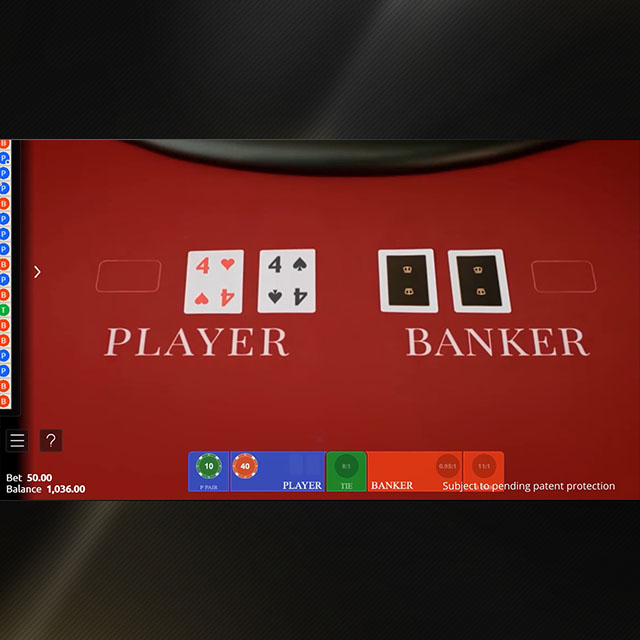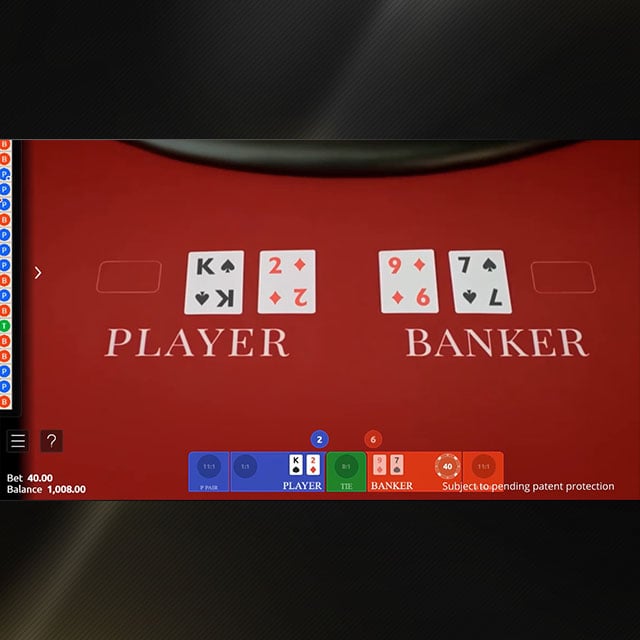Baccarat Rules
The rules of baccarat are fairly simple. The aim of the game is to bet which one of two hands – the Banker and Player – will have the highest value. A third option is to bet on a tie.
After a betting period, the dealer alternately deals out two cards to two positions on the table marked Banker and Player.
The dealer then announces the value of each hand. The hand closest to 9 is the winner.
- If either hand is a natural 8 or 9, the round is over and bets are paid out.
- If the Player hand totals 0-5, the Player draws a third card.
- If the Player draws no new cards, the Banker draws on 0-5.
- If the Player draws a third card, the Banker may draw depending on its value:
- Player’s third card is 9, 10, face-card or Ace – Banker draws on 0-3.
- Player’s third card is 8 – Banker draws on 0-2.
- Player’s third card is 6 or 7 – Banker draws on 0-6.
- Player’s third card is 4 or 5 – Banker draws on 0-5.
- Player’s third card is 2 or 3 – Banker draws on 0-4.
Once all the cards are dealt, the dealer announces the winning hand.
Bet Types
There are three main bets in baccarat:
- Banker Bet: Bet that the Banker Hand will beat the Player Hand. Payout: 1:1.
- Player Bet: Bet that the Player Hand will beat the Banker Hand. Payout: 1:1.
- Tie Bet: Bet that the Player and Banker Hand will be equal in value. Payout: 8:1.
Many baccarat variants also have side bets, but these don’t affect the outcome of the game.
Card Values
Baccarat card values are as follows:
- Ace: 1 point
- 2 to 9: Face value
- 10s and face cards: 0 points.
If a hand total equals 10 or more, the first digit is dropped. For example: 9 and 6 total 15, which becomes 5. An ace and a 9 total 10, which becomes zero.














